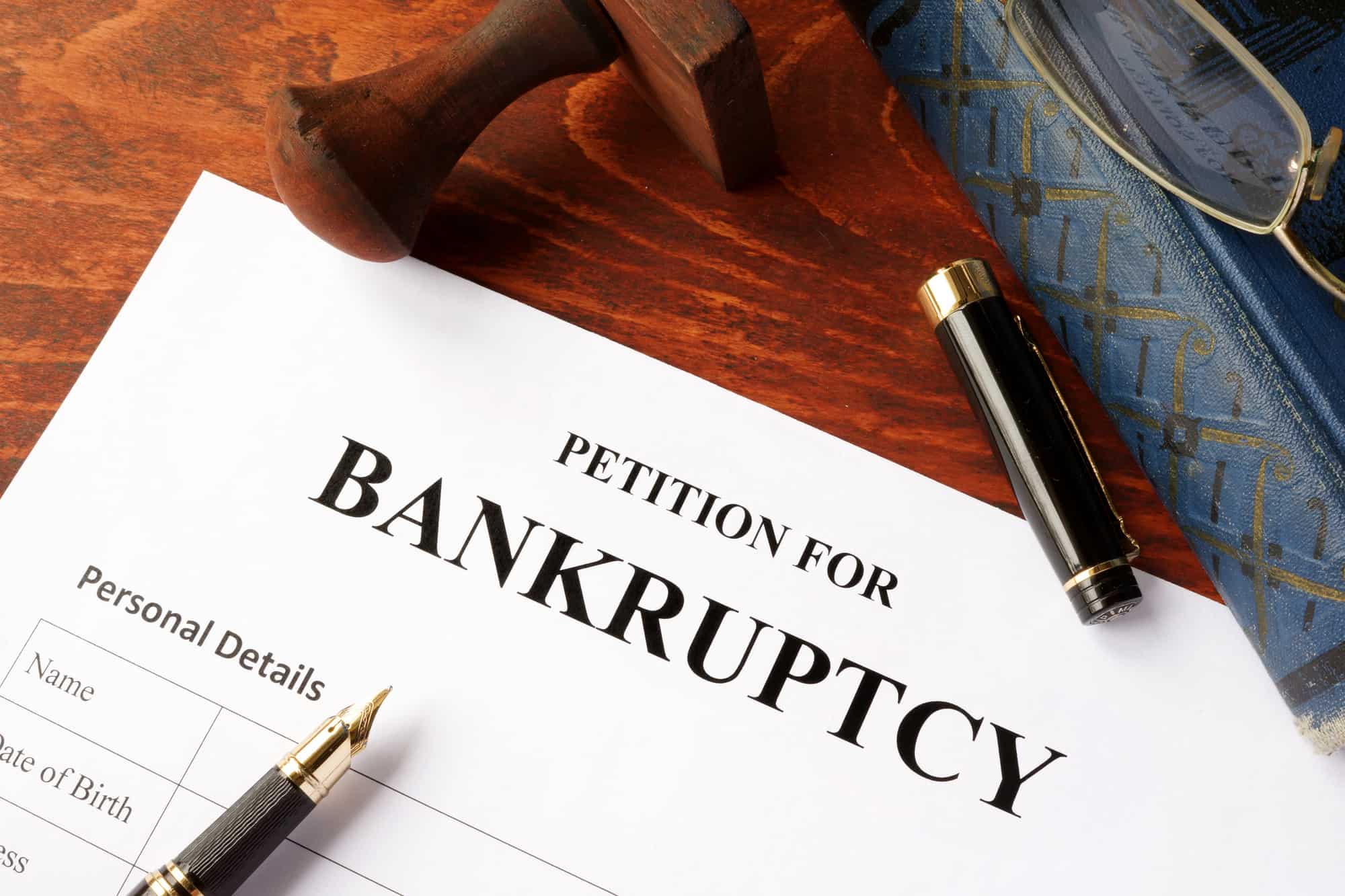After an accident, the court must determine fault before compensating the plaintiff for injury they sustained and losses caused to them. In Alaska, fault is the liability someone bears for an incident to a certain degree. Since Alaska is a comparative negligence state, as the plaintiff, you could recover damages even though you are partially liable for the accident.
What Comparative Negligence and Fault Means in Alaska
A fundamental query in personal injury cases is who bears liability for the accident? The court reviews the evidence you and the accused present to establish fault. The court assigns fault as a percentage hanging on the circumstances surrounding your case.
The immediate assumption is that the accused should bear the liability of the injuries you suffer. However, the circumstances could make the court establish that you also bear liability for the accident to some extent.
Determining the Degree of Liability in a Comparative Negligence Lawsuit
The court could assign liability in a personal injury lawsuit. The defendant’s defense team will claim that your negligence contributes to your injuries. You should hire a car accident attorney in Alaska to represent you as the defendant could have a strong defense team. The percentage of fault the jury assigns the plaintiff and defendant must add up to 100%.
The court determines the compensatory damages you receive independently from the fault it assigns to allparties. You could seek compensatory and punitive damages where the compensatory damages restore you to your pre-accident state. Punitive damages is meant to punish the at-fault party for their negligence actions and prevent them from committing similar crimes.
Calculating Compensatory and Punitive Damages
The judge considers several compensatory and punitive damages elements before surrendering a fine figure of the damages you receive hanging on the lawsuit’s request. Economic damages, include:
- Lost future earning capacity
- Property loss/ damage
- Medical/Hospital expenses
- Loss income
The court relies on the evidence you present against the defendant, including property valuation reports, payslips, and hospital bills.
Non-economic damages are those without a dollar value attached, including:
- Inconvenience
- Emotional stress
- Unjust hardship
- Disfigurement
- Loss of consortium
- Paint and suffering
Comparative Fault and Contributory Negligence
As previously stated, comparative fault negligence allows you to recover damages even though you share liability for the accident. Comparative negligence could be pure or modified. Prior to adopting the comparative negligence standard, Alaska was a contributory negligence state.
According to the law of contributory negligence, anyone who is partially at fault cannot recover damages. Even if you are 1% liable for the accident and the accused is 99.9% liable, you cannot receive compensation. The contributory negligence rule is in effect. The difference between the pure and modified comparative negligence rules is the percentage of responsibility that is acceptable.
Complementary Negligence
You could receive damages in proportion to the defendant’s fault under pure comparative negligence. Even if you are primarily to blame, you could still recover damages equal to the defendant’s share of the damages.
Comparative Negligence Modified
To receive compensation under modified comparative negligence, you must not surpass the 50% or 51% threshold. It means that if the court finds you to be more than 50% culpable for the losses you incur, you cannot receive damages under the rule.
Two Parties Suing Each Other for Damages
It is not uncommon for two parties to sue each other to recover damages after an accident. In this case, the fault apportioning principles remain. The court will separately establish which party is at fault. If both parties are partially liable, the court awards damages and fault separately. The damages can be paid to each party in separate awards, or the damages will be offset against each other.
Comparative Negligence and Multiple Defendants
Some lawsuits target several parties as liable for your injuries. For instance, in a car accident case, you can sue the following parties:
- The at-fault driver. You must show that their negligence caused the accident that resulted in your injuries and losses. Several acts point to negligence, including texting while driving, driving under the influence of alcohol and drugs, and over speeding.
- Vehicle manufacturer. The court could hold the vehicle manufacturer if the car accident can be linked to a defective car part.
- Mechanic. The Car mechanic is held liable if there is evidence showing they were negligent when installing a car part or servicing the vehicle.
Under the comparative fault doctrine, the jury will apportion fault to the multiple defendants and the plaintiff if the evidence supports it. Your damages are reduced by the portion of your fault.
Who Pays for Damages in Instances When Both or Two Parties are at Fault?
You could recover damages from either or all parties liable for the accident under the joint and several liability rule. Alaska’s joint and several liability rule is a modified version of the old common law rule. It states that more than one party can be jointly responsible for the entire sum of your economic damages but only separately liable for your non-economic damages in proportion to the percentage of fault.
Establishing fault in your personal injury case is challenging. So you an attorney’s help to maximize your potential compensation. You want to hire a competent personal injury attorney who’s ready to use their expertise and knowledge to help you obtain fair compensation.









